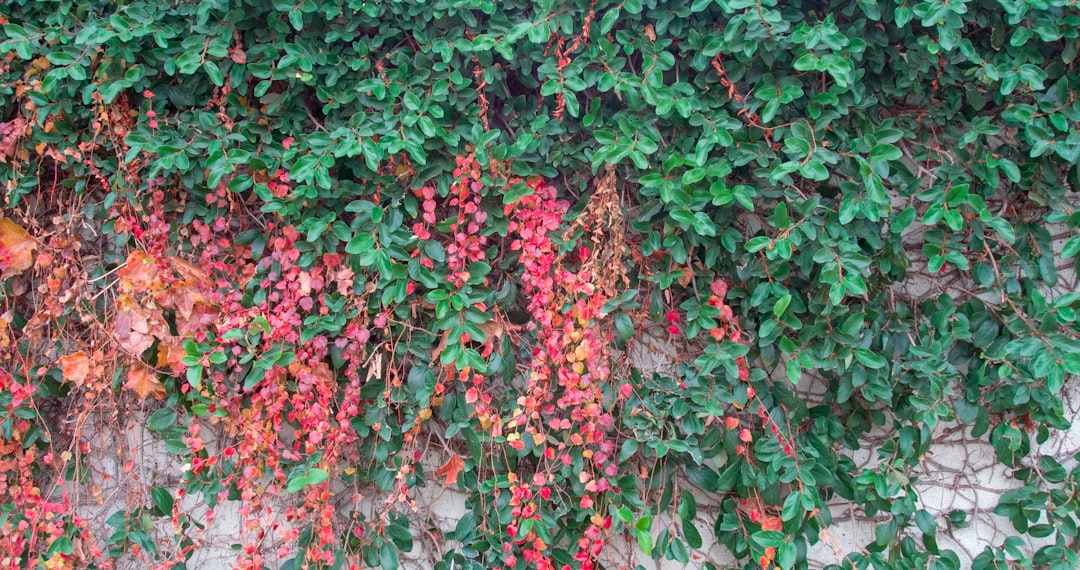Unveiling the Best: Drip Irrigation vs. Soaker Hoses for Your Yard

When it comes to the upkeep of your yard, proper irrigation is a crucial aspect that can significantly impact the health and vitality of your plants. Among the various irrigation methods available, drip irrigation and soaker hoses are two popular choices. In this guide, we'll delve into the pros and cons of each to help you make an informed decision for your garden.
Drip Irrigation: Precision and Efficiency
Drip irrigation is a system that delivers water directly to the base of plants, drop by drop. This method offers several advantages. Firstly, it is highly efficient in water usage. By targeting the root zone, it minimizes water waste due to evaporation and runoff. This is especially beneficial in areas with water restrictions or in gardens where water conservation is a priority.
Another advantage of drip irrigation is its precision. You can customize the system to provide the exact amount of water each plant needs. This is particularly useful for plants with different water requirements. For example, succulents may need less water compared to vegetables, and a drip irrigation system can be adjusted accordingly.
However, drip irrigation also has its drawbacks. The initial installation cost can be relatively high. You need to purchase the tubing, emitters, and a controller, and the installation process may require some technical knowledge. Additionally, the small emitters can become clogged over time, especially if the water contains sediment or debris. Regular maintenance is necessary to ensure the system functions properly.
Soaker Hoses: Simplicity and Even Distribution
Soaker hoses, on the other hand, are a more straightforward option. These hoses are porous and allow water to seep out along their entire length. One of the main benefits of soaker hoses is their simplicity. They are easy to install and can be laid out in a garden bed without much hassle. You can simply connect the hose to a water source and let it do its job.
Soaker hoses also provide an even distribution of water over a large area. This is great for gardens with a dense planting of similar plants. For instance, a flower bed or a vegetable patch can benefit from the uniform moisture provided by a soaker hose.
But soaker hoses also have limitations. They are not as precise as drip irrigation. Water may be wasted if the hose is not placed correctly or if there are areas in the garden that don't need as much water. Also, soaker hoses may not be suitable for plants that require very specific amounts of water. Over time, the hoses can deteriorate, especially if exposed to sunlight and extreme weather conditions.
Making the Right Choice
When deciding between drip irrigation and soaker hoses, several factors need to be considered. If you have a large garden with a variety of plants and are willing to invest in a more sophisticated system, drip irrigation may be the better option. It offers greater control and efficiency, which can lead to healthier plants in the long run.
On the other hand, if you have a small garden or a simple planting area and want a cost - effective and easy - to - manage solution, soaker hoses could be the way to go. They are a practical choice for those who don't have the time or expertise for a complex installation.
In conclusion, both drip irrigation and soaker hoses have their place in yard care. By understanding the pros and cons of each, you can select the irrigation method that best suits your garden's needs, ensuring that your plants thrive and your yard remains beautiful.